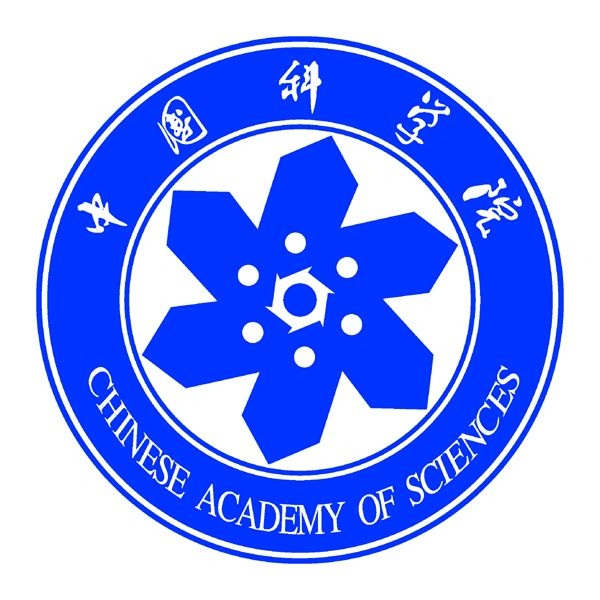China General Nuclear and the Chinese Academy of Sciences have just signed a strategic cooperation agreement to collaborate in the development of accelerator-driven systems which could be used to transmute spent nuclear fuel. The system could also be used to operate subcritical thorium nuclear reactors. The agreement was signed in Beijing on the 9th of March following a forum featuring both of these organizations. These two organizations have worked together for many years. An agreement on scientific and technical cooperation was signed in the fall of 2006.
CGN stated that the agreement would be based on "complementary advantages, win-win cooperation and common development in the research and development of accelerator-driven systems. By signing this agreement, the two sides will further establish long-term strategic alliances and partnerships to accelerate the development of advanced nuclear energy systems."
Accelerator-driven systems are called that because they are based on the acceleration of subatomic particles such as protons. The protons hit a spallation target such as liquid lead-bismuth which generates neutrons. The accelerated neutrons are directed at a target called a blanket that contains some sort of fissionable materials. Long lived radionuclides can be extracted from spent nuclear fuel, mixed with fresh fuel and subjected to bombardment by an accelerator. This causes the long-lived isotopes to fission and transmute into short-lived isotopes which means that the radioactive waste is "hot" for a much shorter period of time. Such a process can also produce useful energy.
In a regular power reactor with neutrons supplied by the fuel in the rods, the only way to shut it down is to insert control rods which absorb the neutrons and lower the neutron flux below the point required for sustaining a fission reaction. One of the benefits of an accelerator driven system lies in the fact that the neutrons that cause the fission are coming from the outside and not being generated from within the fissionable material. In order to shut down an accelerator-driven system, it is only necessary to turn of the accelerator which supplying the neutrons. Without the neutrons to keep the reactions going, the reactor shuts down. This is much simpler, easier and faster than the shut down procedure in a standard reactor. This also makes operation of an accelerator-driven system much safer than a conventional reactor.
Research on thorium reactors has been carried out by different nations since the dawn of the atomic age in the 1950s. Thorium alone is not capable of generating sufficient neutrons to cause fission and generate power. Some other material like U235 or plutonium must supply the needed neutrons. One of the big problems with thorium reactors to date has been coping with the higher heat and pressure that is required for their operation. Some designs employ a bath of molten sodium which is highly flammable when it encounters water or air. This makes it very dangerous to deal with. An accelerator-driven system solves both of these problems. In an accelerator-driven system, the neutrons supplied by the accelerator can cause the thorium to fission and provide power. India, in particular, is starving for energy and has huge reserves of thorium. The development of a practical commercial thorium reactor based on an accelerator would be a great boon to India.
